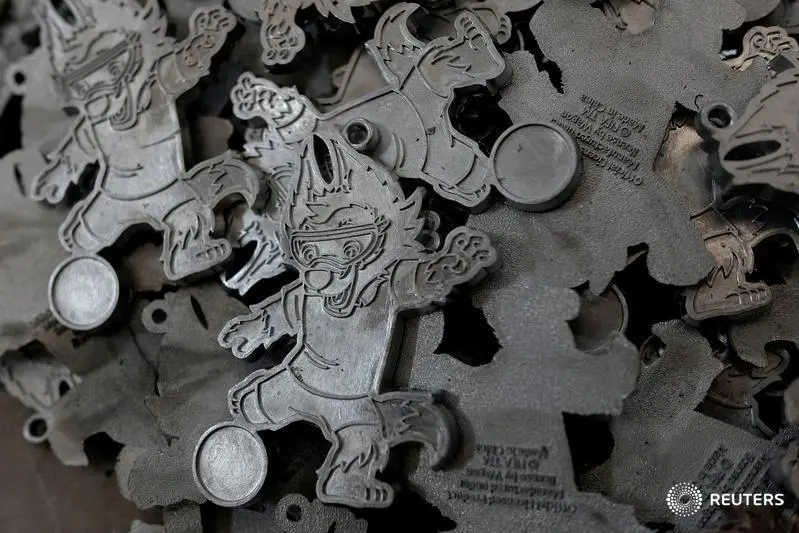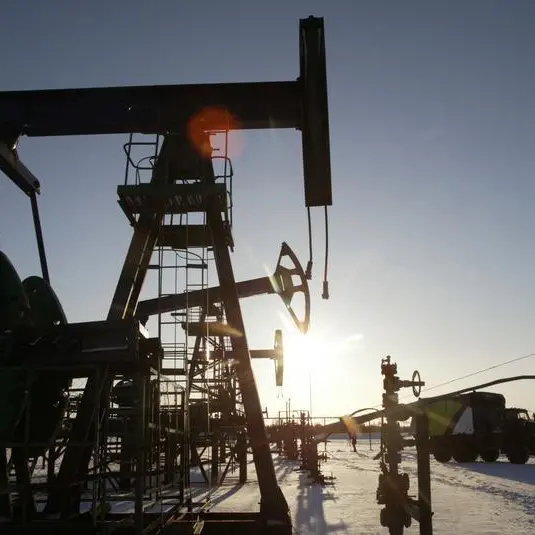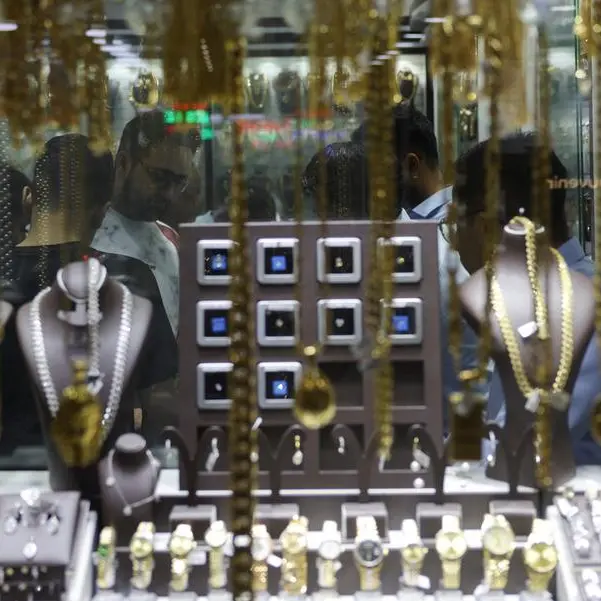PHOTO
LONDON: China was a net exporter of refined zinc last year for the first time since 2007, while exports of refined lead remained super strong for the second year running.
China's shift to net exporter of both metals is a rare inversion of historical trade patterns and attests to the squeeze on availability in the rest of the world.
Lead and zinc are often dubbed sister metals since they tend to occur in the same geological formations. If a mine produces zinc, there's a very good chance it will produce lead as well.
The two sisters normally part company at the processing stage of the production chain but each has been hit with a run of smelter outages, causing mutual scarcity, high premiums and low exchange stocks.
China came to the rescue of beleaguered Western buyers of both metals last year. Will it have to do so again this year?
TRADE SWITCH
China exported 116,500 tonnes of refined lead last year, the highest-volume outflow since 2007. Imports were a negligible 1,500 tonnes. It was a second consecutive year of net exports, bringing the cumulative total to 210,000 tonnes since the start of 2021.
The country had been a modest net importer of lead in the prior four years, over which time cumulative exports amounted to just 43,000 tonnes.
High physical premiums in both Europe and the United States continue to draw refined lead out of China with another 16,400 tonnes departing in December, including 1,600 tonnes to Germany and 1,000 tonnes each to Belgium, Italy, the Netherlands and Turkey.
China's net exports of 1,700 tonnes of refined zinc last year may not sound a big deal but they reflect an equally dramatic warping of previous trade patterns.
Export shipments of 80,900 tonnes were the highest since 2015 and, like those of lead, included highly unusual destinations such as Turkey, Mexico and the United States.
The big shift, though, was the shrinkage in imports to 79,000 tonnes from 434,000 tonnes in 2021, which was itself the lowest tally in a decade. China was importing over 700,000 tonnes of refined zinc as recently as 2018.
The massive drop in imports reflects the wholesale re-routing of Asian metal towards tight European and U.S. markets.
SMELTER WOES
Zinc's smelter problems are centred in Europe, where high power prices have taken out three smelters and curtailed output at others.
Glencore has placed both its German and Italian smelters on care and maintenance. Nyrstar, owned by Trafigura, has shuttered its French plant at Auby and is operating its Dutch plant at reduced levels.
Lead's supply problems centre on the continued closure of the Stolberg smelter in Germany, now repaired after its flooding in 2021 but awaiting regulatory approval of its sale to Nyrstar for a resumption of operations.
However, refined lead production has also been disrupted in both Canada and Australia due to plant maintenance and in Kazakhstan due to logistical problems.
Zinc has taken smelter hits in Mexico and Canada, where the Valleyfield plant is struggling with cellhouse instability and contemplating a major refurbishment of a plant that was built in 1963.
Both metals have also seen permanent closures of capacity.
The Flin Flon zinc smelter in Canada produced its last zinc in 2022 after more than 25 years of activity. The closure was well-flagged. That of the Florence secondary lead plant in South Carolina in 2021, by contrast, was an unexpected hit to the U.S. supply chain.
LOW LME STOCKS
The cumulative impact of all these smelter problems has been depleted London Metal Exchange (LME) inventories of both lead and zinc.
Lead inventory stands at just 20,200 tonnes and zinc at an even lower 16,375 tonnes, or a meagre 8,275 tonnes if the metal awaiting physical load-out is excluded. Stocks in both cases can be measured in hours rather than days or weeks of global consumption.
True, LME time-spreads are relatively relaxed, implying there is more metal sitting in the off-market shadows.
Whether it is delivered to exchange is a moot point, given physical premiums remain elevated.
European zinc buyers are still paying over $500 per tonne over the LME cash price to get metal, according to Fastmarkets. The premium for refined lead in the U.S. Midwest is over $400 per tonne over LME cash.
While Western markets show signs of persistent physical tightness, there is plenty of metal in China.
Shanghai Futures Exchange warehouses hold 90,983 tonnes of registered zinc and 44,681 tonnes of registered lead.
The imbalance in inventory between east and west suggests the potential for more Chinese exports in the coming months.
SMELTER RECOVERY
How much the West needs will depend on when smelter output recovers, particularly in Europe.
The fate of the Stolberg lead smelter lies in the hands of German regulators and that of the European zinc smelter sector in the hands of the power market, which is expected to ease as the region emerges from peak winter usage.
Zinc smelter margins are already cash positive, according to Citi, which is expecting European smelter operating rates to recover from 71% of capacity to 87% in the second half of the year. ("Metal Matters", Jan. 18, 2023).
The bank forecasts a 70,000-tonne supply surplus this year on the back both of European production recovery and higher refined output in China as smelters everywhere capitalise on rising processing charges.
The flip side of zinc's smelter bottleneck has been rising inventories of mined concentrate awaiting conversion into metal, boosting spot treatment terms to $250-280, compared with last year's benchmark of $230 per tonne.
A year of smelter disruption and falling production of both refined lead and zinc is widely expected to give way to a much rosier supply dynamic in 2023.
Analysts contributing to Reuters' most recent base metal poll expect a return to lead surplus this year and to zinc surplus next year.
However, the timing and distribution of that surplus will depend on which region's smelters can respond fastest to the improved economics.
If China gets there first, last year's east-west imbalances in both zinc and lead markets may last longer than expected. So too might China's new trade flows.
The opinions expressed here are those of the author, a columnist for Reuters.
(Editing by Christina Fincher)





















